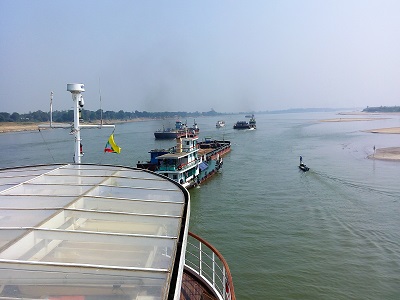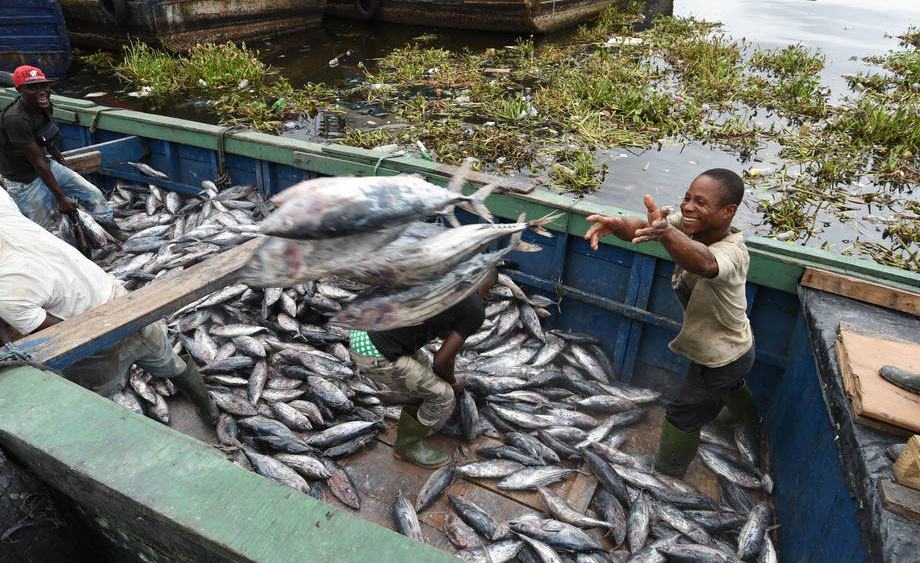 Myanmar and China will cooperate in classifying rice types suitable for export to China following an agreement that up to 100,000 tonnes of rice can be exported to the country. The Myanmar Rice Federation (MRF) and the China National Cereals, Oils and Foodstuffs Corporation (COFCO) will cooperate in classifying these rice types.
Myanmar and China will cooperate in classifying rice types suitable for export to China following an agreement that up to 100,000 tonnes of rice can be exported to the country. The Myanmar Rice Federation (MRF) and the China National Cereals, Oils and Foodstuffs Corporation (COFCO) will cooperate in classifying these rice types.
MRF general secretary U Ye Min Aung said both sides will study what types of rice grown in Myanmar can meet China’s market demand. “There is rice such as Tunpu, Kayinma and Ngasein available in the local market that can be sold to China,” he added. Besides providing information, MRF would also assist COFCO in purchasing the rice. China, which imports commodities based on a quota system, had set an official quota of 100,000 tonnes of rice from Myanmar in 2016, but traders have been lobbying for the quota to be raised to 400,000 tonnes.
Under the MRF-COFCO agreement, selected companies that have been inspected by a board formed from officials from the Ministry of Commerce, MRF, experts from the relevant fields as well as other government officials would be allowed to export their rice to China. According to an earlier statement by the MRF, a report would be sent to China from the Department of Agriculture after the inspection process has been completed. A total of 103 rice mills owned by 42 companies that have applied for rice-export permission to China has been inspected.
Source: Myanmar Times



 Green peas and chick peas, which cannot be grown to meet the local demand, are to be temporarily imported from other countries, according to Dr Than Myint, the Union Minister for Commerce. He made this statement at the 28th regular meeting held on 29 June at the Office of The Union of Myanmar Federation of Chambers of Commerce and Industry (UMFCCI).
Green peas and chick peas, which cannot be grown to meet the local demand, are to be temporarily imported from other countries, according to Dr Than Myint, the Union Minister for Commerce. He made this statement at the 28th regular meeting held on 29 June at the Office of The Union of Myanmar Federation of Chambers of Commerce and Industry (UMFCCI).

 Myanmar will be able to export farmed marine products to the European Union (EU) starting from the beginning of May, said U Thet Naing, deputy director of the Quality Control and Research Division of Fisheries Department.
Myanmar will be able to export farmed marine products to the European Union (EU) starting from the beginning of May, said U Thet Naing, deputy director of the Quality Control and Research Division of Fisheries Department.



